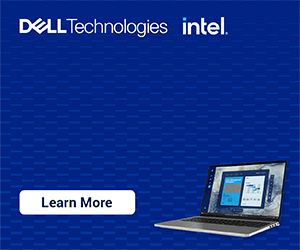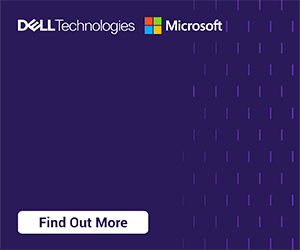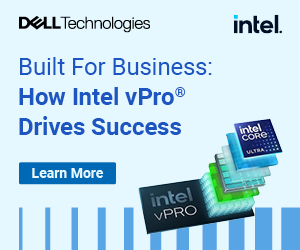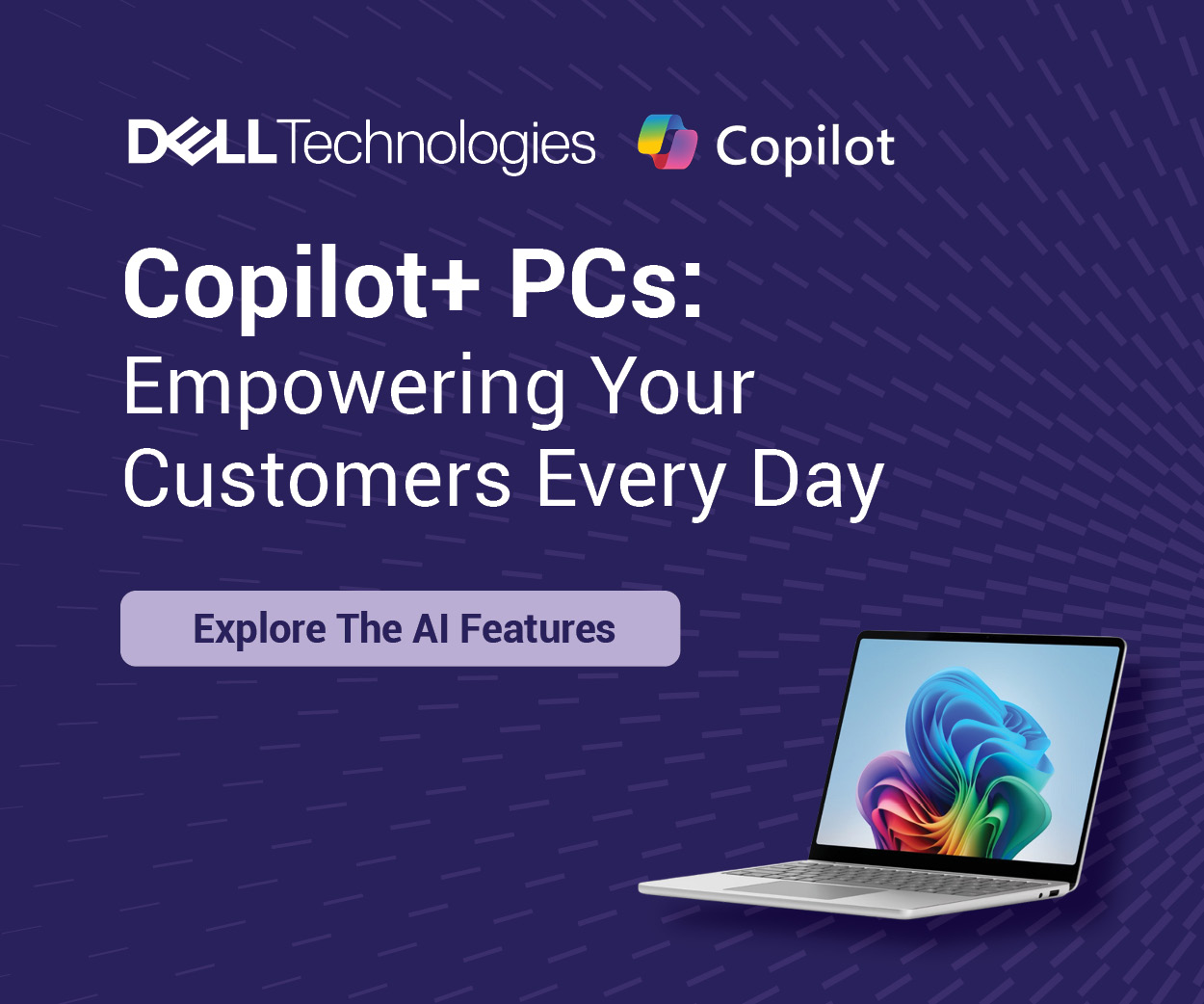The enterprise datacenter environment is under a constant state of evolution. Yesterday’s server needs have evolved considerably, and today enterprises say they most value features and support for performance workloads like data analysis, virtualization, and medium-duty AI/ML. Additionally, there are more mainstream workload needs such as collaboration, database, and CRM.
Dell Technologies took these modern needs into consideration to help refine the development of its next performance mainstream PowerEdge tower. Following the T440 and T640, Dell opted to eliminate the less desirable features of both solutions and keep the most valuable ones, resulting in the launch of the company’s all-new PowerEdge T550.
5 reasons why your customers should transition to the T550
1. 3rd Generation Intel® Xeon® Scalable Processors
The 3rd Generation Intel® Xeon® Scalable processor family was specially designed to generate higher productivity and operational efficiency for dense workloads, including AI, ML/DL and HPC. Additionally, several architectural design refinements have returned significant performance improvements across multiple benchmarks.
2. 3200 MT/s Memory Speed
Memory speeds in the T550 have risen by 20% over the previous-gen T440 and T640, increasing from 2666 MT/s to 3200 MT/s. Also worth noting is the fact that the number of supported memory slots has jumped from 6 to 8 – a 33% increase in DIMM capacity.
3. PowerEdge Enterprise Features
There are several updated features worth noting here, including:
● The PowerEdge Raid Controller 11 now provides NVMe HW RAID.
● Hot-plug support is now offered for front access BOSS (2x M.2 internal).
● The T550s smaller form factor (10% less volume than T440 and 15% less volume than T640) now allows GPUs to be used in tower format.
● Legacy Boot support has been deprecated by Intel and replaced with the superior UEFI Secure Boot (Unified Extensible Firmware Interface).
● Customers can continue to optimize server management with iDRAC9, which provides administrators with plenty of server operation information to a dashboard screen that can be remotely accessed and managed.
4. PCIe Gen4
Support for five slots of PCIe Gen4, the fourth iteration of the PCIe standard, is now included. When compared to PCIe Gen3, the throughput per lane doubles from 8GT/s to 16GT/s to cut transfer times in half for data traveling from PCIe devices to CPU.
5. MVP (Most Valuable Peripherals)
The number of storage devices supported was met in the middle between the T440 and T640, with availability for up to 24x SAS/SATA drives (T440 maxed out at 16x, and the T640 maxed out at 32x). It also includes NVMe drives support, with the inclusion of an 8x SAS/SATA + 8x NVMe configuration. The number of PCIe slots were also blended, with five slots available for x16 PCIe Gen4, and one slot available for x8 PCIe Gen3. NVLink bridging can now be utilized to create a high-bandwidth link between compatible GPUs, which will help drive performance for workloads like databases, virtualization, and medium duty AI/ML. Finally, the T550 offers up to 2x DW or 5x SW GPUs – a more accurate representation of what today’s enterprises have been using for AI/HPC workload support.
The PowerEdge T550 merges both of its predecessors into a hand-crafted, next-generation powerhouse. For today’s solution provider, there is no better time than right now to begin helping customers transition to the PowerEdge T550, whereupon they will immediately recognize its many valuable features and benefits, as well as the unmatched performance it has to offer when it comes to supporting various workload types.
Learn more about the PowerEdge T550.













